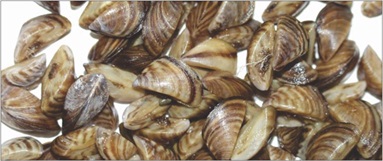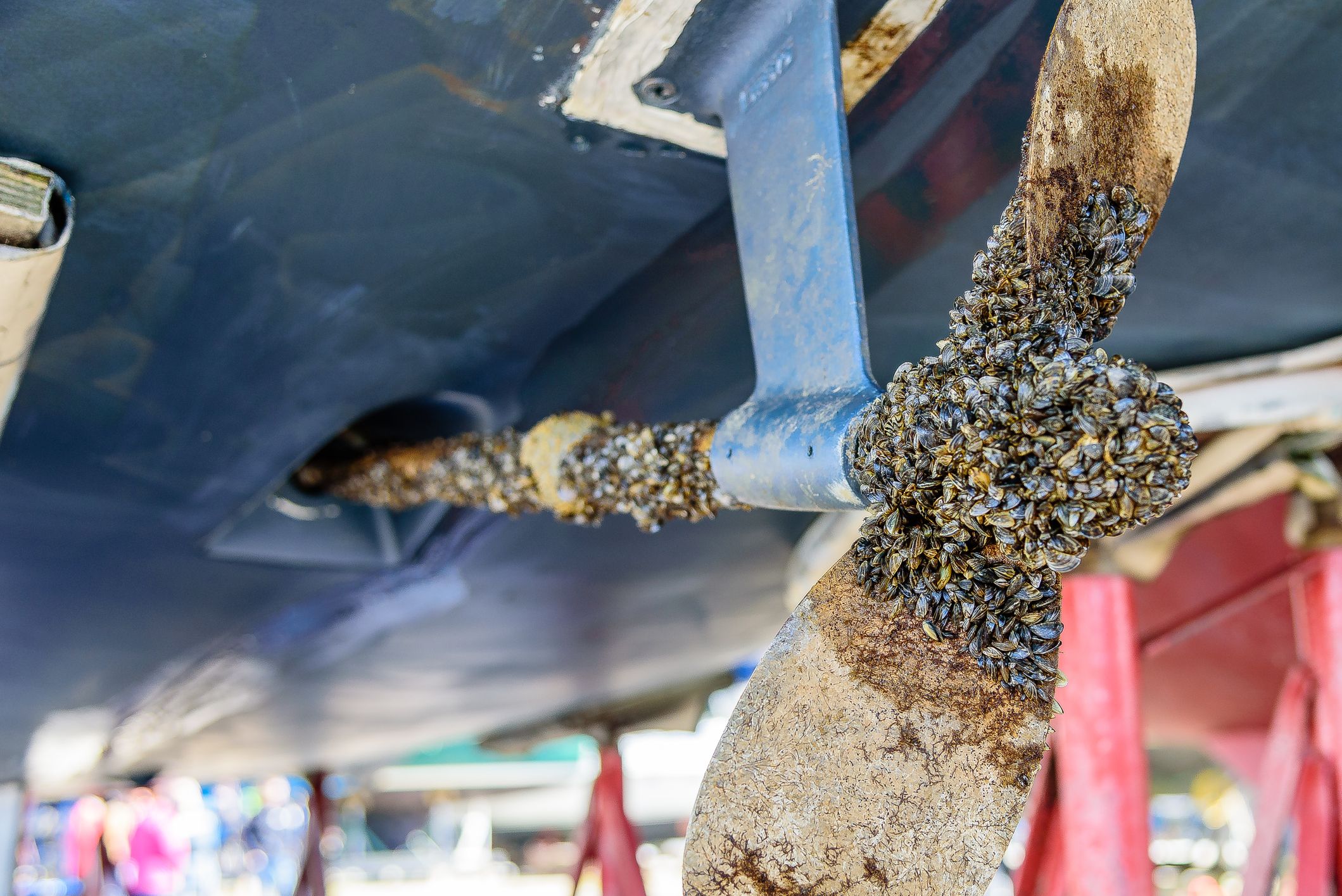The Government of Saskatchewan concluded its 2018 invasive mussel monitoring program with no confirmed findings of invasive mussels in 121 waterbodies sampled throughout the province.
“We are pleased to see that our prevention efforts were successful once again last year,” said Environment Minister Dustin Duncan. “Our government focuses on public awareness through education and targeted signage about our Clean, Drain, Dry program, roadside boat inspections, decontaminations and regular monitoring of Saskatchewan’s busy waterbodies.”
In 2018, the ministry checked more than 2,900 watercraft for signs of aquatic invasive species (AIS), identifying more than 830 as high risk and requiring detailed inspection. Fifty suspected watercraft underwent decontamination, and five watercraft were found to be carrying AIS. Those watercraft were decontaminated and quarantined by the ministry before they could be used in any waterbodies within the province.
With help from the province’s AIS Task Force, monitoring also occurs in several other ways, including:
- invasive mussel veliger sampling by the Ministry of Environment, SaskPower, and Upper Souris Watershed Association;
- the University of Saskatchewan uses environmental DNA as a surveillance tool for invasive zebra mussels, with 73 waterbodies sampled in 2018 by the University of Saskatchewan, University of Regina, Water Security Agency, and the Ministry of Environment; and
- the Ministry of Agriculture, Ministry of Parks, Culture and Sport, SaskWater, Saskatchewan Watershed Association groups and the general public utilize the Saskatchewan Adult Invasive Mussel Monitoring Program (AIMM). This a partnership project with non-government organizations and other agencies to detect unwanted aquatic invasive mussels.

“Aquatic invasive species such as zebra and quagga mussels pose a serious threat to our lakes and waterways,” said Duncan. “Prevention is the most effective way to control their spread, as they can be impossible to eliminate if they become established in a waterbody.”
These invasive mussels have the potential to severely impact aquatic habitat, fisheries, valuable recreational resources, and water-related infrastructure, such as irrigation, power generation, and municipal water supplies.
Invasive mussels are currently found in Ontario, Manitoba, Quebec and 34 states, including Minnesota, Montana, and North Dakota.
Recent amendments to provincial regulations make it mandatory for individuals transporting watercraft in Saskatchewan to remove the boat plug, stop at watercraft inspection stations and submit to inspection. Failure to do so may result in a $500 fine. It is also illegal to transport prohibited aquatic invasive species into Saskatchewan.
Saskatchewan partners with provincial organizations, Canada Border Services Agency, and provincial governments in British Columbia, Alberta, Manitoba, and the Yukon to co-ordinate prevention efforts across western Canada.









